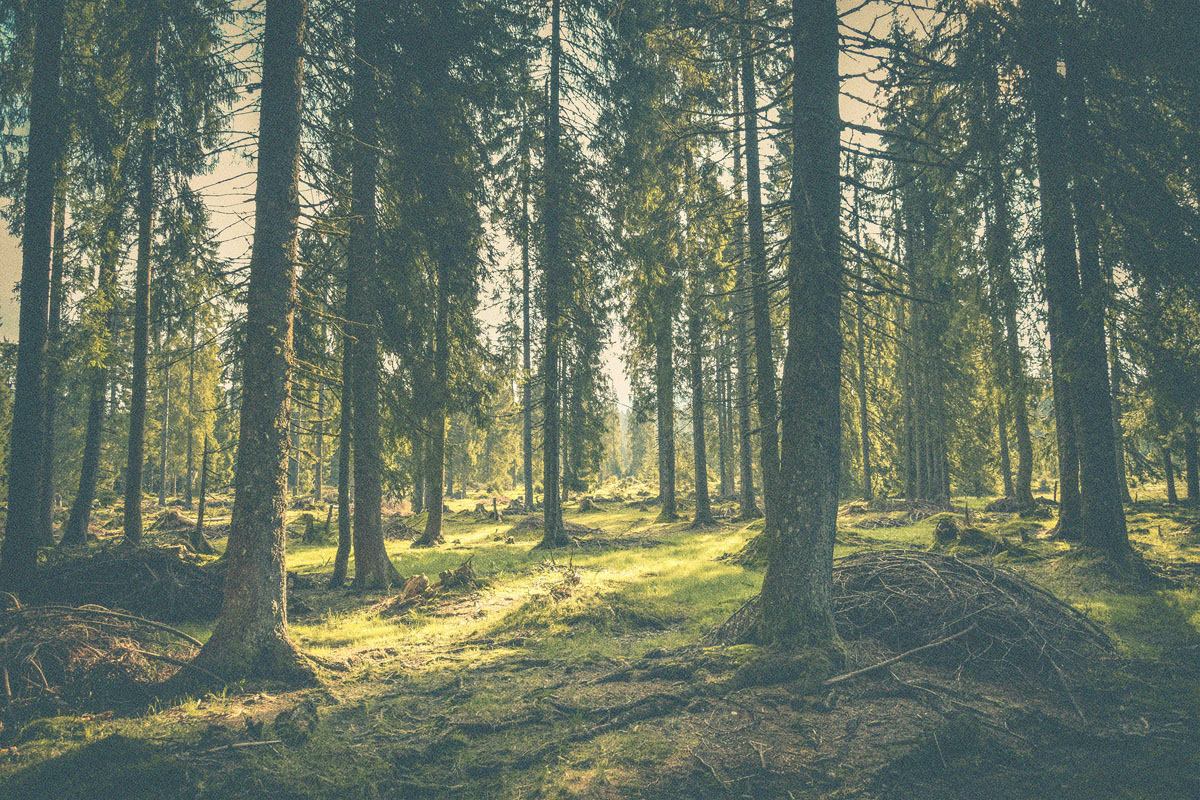Keep reading about similar topics.



A half-century ago, the federal government started regulating solid wastes and preventing rampant dumping in the woods, ocean, and unlined dumps. Then the so-called Not-In-My-Backyard (NIMBY) movement of the 1970s and 1980s prevented scores of landfills and incinerators from being permitted across the country, just as existing disposal sites were reaching capacity. There were also spectacular failures at waste sites that made headlines. Coal ash ponds failed, releasing contaminated waste into rivers and drinking water. Giant piles of tires caught on fire, and came to symbolize the crisis of growing piles of waste.
In response, environmental agencies partnered with waste generators like the coal power and tire industries to find ways to reduce the amount of their wastes going to landfills. The US Environmental Protection Agency developed an option called “beneficial use,” in which these wastes could be diverted to build roads, fill old mines, and turn wastelands into golf courses. Some of these “beneficial uses” hit literally close to home; coal waste has been diverted into wallboard and carpet backing, tires into flooring, and contaminated soils into our own backyards, without any regulation.

“On Tire Wastes in Playgrounds” reveals how chopped up tire mulch is becoming as common as dirt in playgrounds, and why government health agencies are beginning to take action to protect children from exposure to toxic substances in the rubber waste, like polycyclic aromatic hydrocarbons and lead.
“Filled with Uncertainty: Toxic Dirt in Building & Construction” examines the unregulated dirt trade. Our research found that soil and coal ash contaminated with neurotoxic substances have become commonplace construction materials, from structural fill to flower bed topsoil. Contaminated material is often sold as “clean fill” by untrustworthy companies. With no tracking in place, building owners have no idea, and probably don’t think to ask, where their fill is coming from.
Waste has a way of finding the path of least resistance. A void of oversight coupled with numerous government and private sector incentives promoting the use of unregulated recycled content leaves it to responsible architects, designers, contractors and building owners to increase scrutiny of this vast diversion of wastes into our homes, schools, playgrounds and places of business. In the absence of political will, building owners and residents are left to protect themselves. We hope these articles will lead developers, especially of residential areas and playgrounds, to start asking more questions of dirt and fill contractors, beginning with: where did your materials come from, and have they been tested for toxic contaminants?